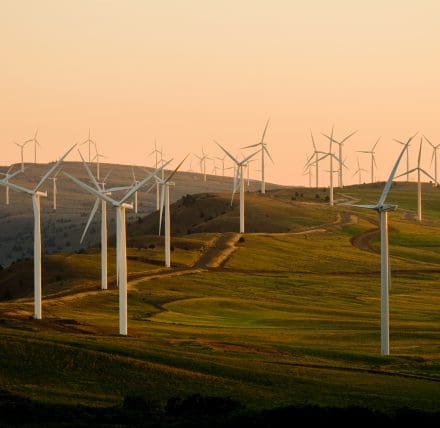INSIGHTS
Onshore wind farms are the most established large-scale source of renewable energy in the UK. Wind turbine noise is of two sorts, mechanical (deriving from gearboxes, generators, auxiliary equipment etc) and aerodynamic (in flow turbulence at the front of the blade, airfoil turbulence at the trailing edge and tip of the blade). The latter is dominant. Noise can have health effects including sleep disturbance and performance reduction, annoyance responses, and effects on social behaviour.
This paper sets out a review of the legal frameworks for environmental compensation and their potential application in compensating householders for noise and flicker disturbance associated with the operation of wind turbines and for loss of value to privately owned property.
Taken from recent edition of Scottish Planning and Environmental Law (SPEL), please contact Christine Eccleson for details of how to subscibe.
About the author
RELATED
Marine economy
Green Freeports: local impact, global opportunity (including video)
Renewable energy
Understanding the GB Energy Bill: An overview
Agriculture, land & estates
Land Reform (Scotland) Bill: What are your rights when your landlord wants to grant options for renewable energy development?
Dispute resolution
UK Supreme Court issues landmark decision on assessing environmental harm of extracting fossil fuels
Renewable energy
Scotland’s green hydrogen opportunity
Energy & natural resources
Is the UK’s grid capacity threatening progress towards climate targets?
Marine economy
Read our report on Scotland’s two new Green Freeports - an empowered opportunity
Agriculture, land & estates
Scotland’s natural capital is an investment for the future – read our report
CONTACT US
Call us for free on 0330 912 0294 or complete our online form below for legal advice or to arrange a call back.


